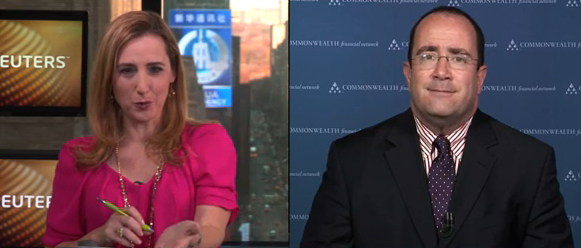One more reason to be grateful we live in the U.S. is the peaceful nature of our geopolitical neighborhood. With Canada and Mexico as our major neighbors, we really don’t have to worry about facing a local war—something Americans don’t appreciate enough. The fact that the Cuban missile crisis continues to resonate suggests what an exception it was. Other countries aren’t nearly so fortunate.
In several posts last year, I wrote about the increasingly serious face-off between China and Japan—with Taiwan and Korea also in the mix—over territorial claims in the local seas. Although the problem hasn’t gone away, it’s been subsumed in other, more urgent news since then. Recent events suggest it’s time to take another look.









